Lena Horne Inspired Better Black Images Onscreen — but Losing This Role Ended Her Hollywood Career
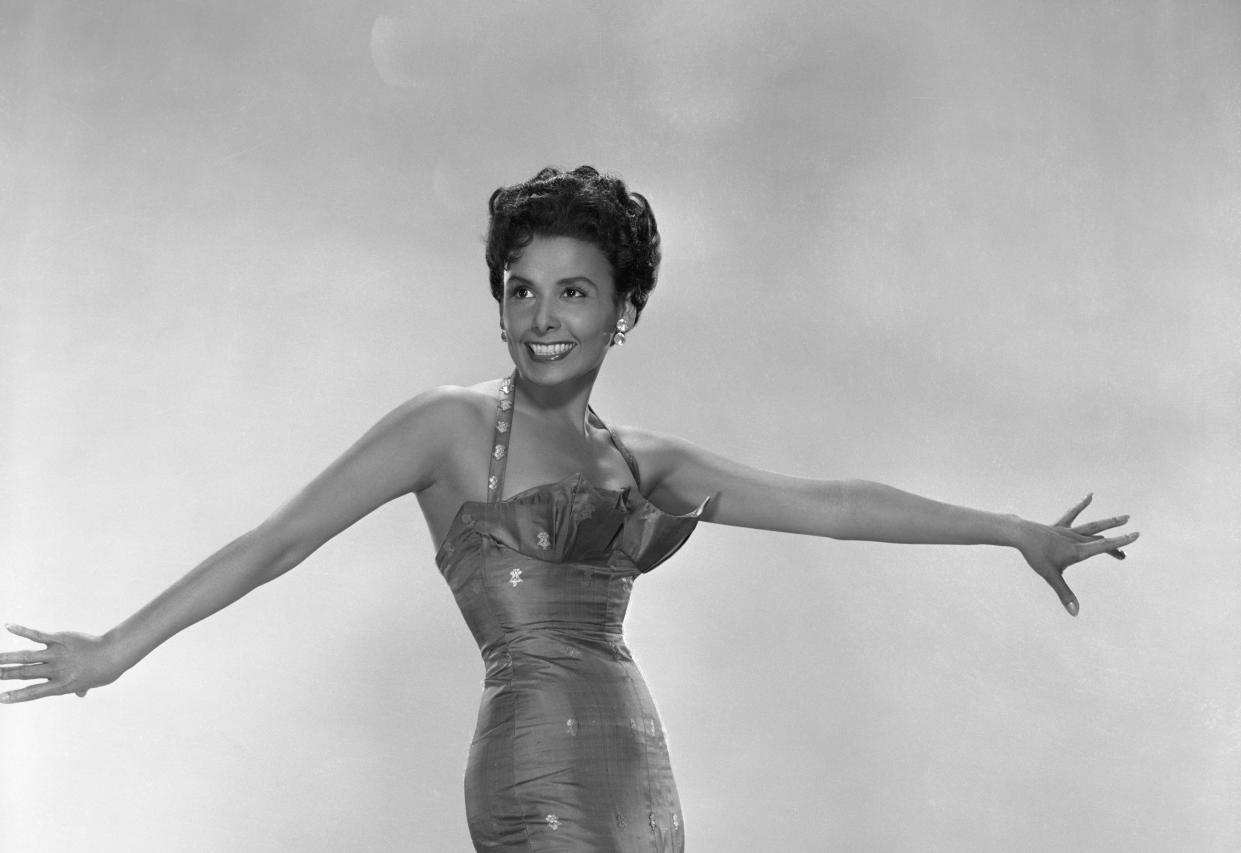
Donald Bogle, who teaches at the University of Pennsylvania and New York University’s Tisch School of the Arts, is one of the pioneering film scholars on the subject of Black representation onscreen. For 50 years his work has explored how the images we see reflect and reinforce narratives in the culture at large, and he has given a spotlight to Black images onscreen since the time when few others in academia or film criticism were willing to do so.
IndieWire is honored to present this excerpt from his latest book for Running Press and in partnership with Turner Classic Movies, “Lena Horne: Goddess Reclaimed,” about a trailblazer whose fraught relationship with Hollywood typified the industry’s relationship to Blackness for decades. After Horne’s one star turn in 1943’s “Cabin in the Sky,” MGM relegated her to small walk-on parts in musicals, appearing in just one scene at a time, all the easier for them to be cut out in the prints shipped to theaters in the South. She had been a pinup for Black soldiers during the war, and she enjoyed performing at nightclubs and touring. But still, she clung to the hope that she could play the role of the mixed-race character Julie in MGM’s remake of “Showboat,” a role that seemed tailor-made for her.
More from IndieWire
Excerpted from LENA HORNE: Goddess Reclaimed by Donald Bogle. Copyright ? 2023. Available from Running Press, an imprint of Hachette Book Group, Inc.
By the mid-1940s, as dissatisfied as Lena was becoming with movie appear-ances, she understood their importance. Reaching an audience she otherwise would have been denied, she was also becoming an unprecedented fixture in the industry. In 1944, she became the first Black star to grace the cover of the fan mag-azine “Motion Picture.” As the mainstream press — from Time and Newsweek to Life and the New York Times — reported on her, her name became familiar in American house-holds. Her face also adorned the cover of a publication launched in 1945, Ebony — which went into Black households and reported on a new day for Negro America, its accomplishments, especially of a growing middle class, and the heroes and heroines who led the way. Other Ebony covers followed throughout her career. So too did cov-erage in the Black publications Our World, Jet, and Tan — and of course, again such newspapers as the Pittsburgh Courier, the Chicago Defender, the California Eagle, the Los Angeles Sentinel, and the Philadelphia Tribune.
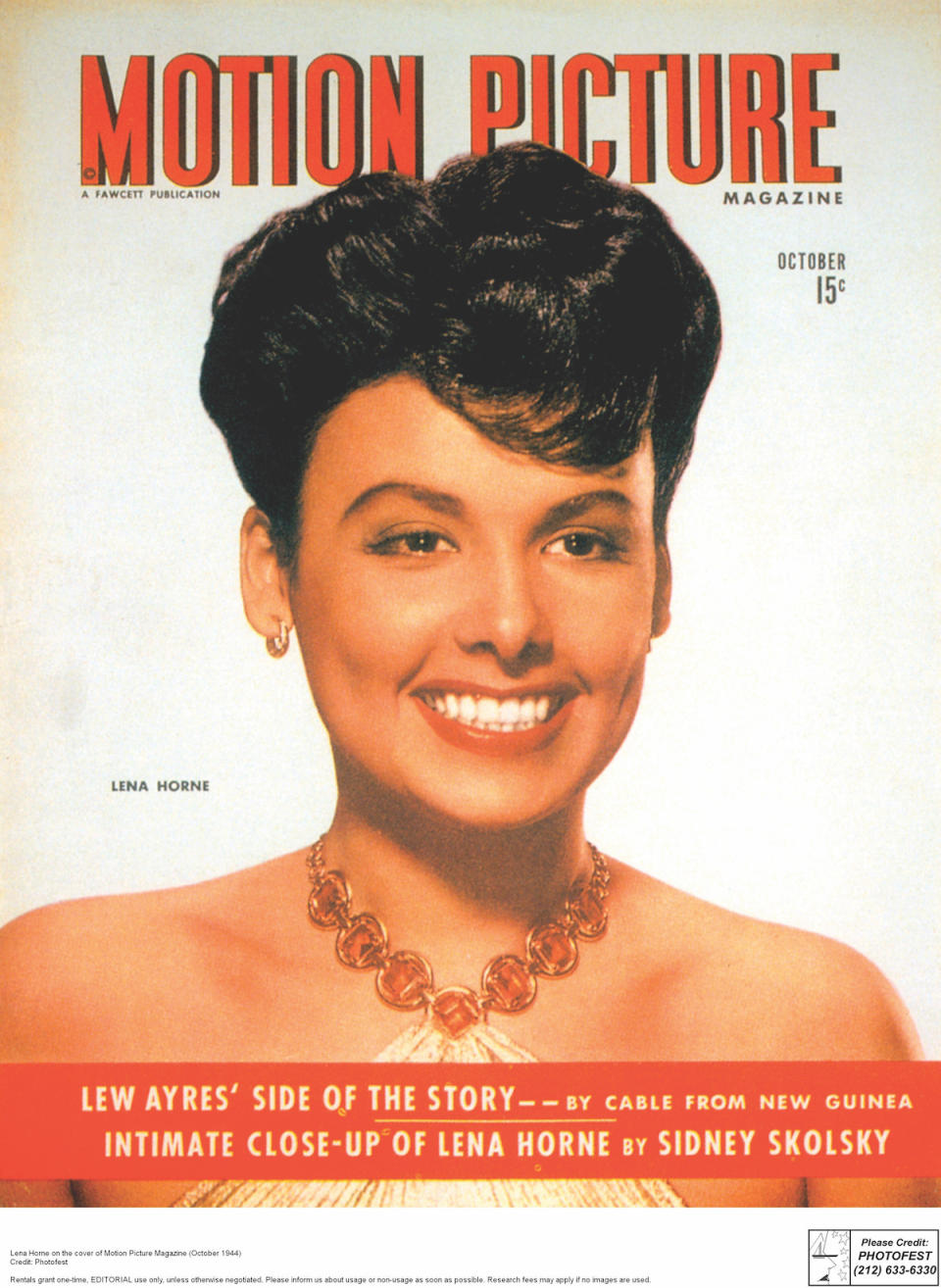
The studios sought the sup-port of the Negro press because of their awareness of a Black audience out there that could add to a film’s profits. Though it was seldom openly discussed, Hollywood was aware that those low-budget all-Black race movies — exhibited in ghetto theaters and the Black belts in the South — drew in Black moviegoers; so too did those Black stars in Hollywood, even when they played servants or other stereotyped roles. There might be criticism, but the actors still had their African American fans. The studios also wanted to avoid controversy in the Negro press. A reporter like Billy Rowe of the Pittsburgh Courier visited sets and met with stars and filmmakers. Press releases were sent to Black entertainment reporters. Thus, Hollywood took pride in its “creation” of Lena Horne, Black Movie Star. Whether she liked it or not, she had become a potent social symbol.
Speaking of the treatment of Lena in compari-son with that of other African Americans working in movies, Phil Moore noted: “Lena was the first one I know given the star treatment in terms of hav-ing special designed gowns, of eating in the stars’ part of the commissary and really associating in the upper echelons of the studio.” Still, hairstylist Sydney Guilaroff recalled a day — early in her time at MGM — when she arrived at the commissary but was not seated. He waved to ask her to join him but was told by a producer: “I wouldn’t do that if I were you. Not everyone feels the way you do.” An enraged Guilaroff responded: “I don’t care whether every-body does or not, I don’t give a damn.” He rose and invited Lena to join him for lunch. “I’d be very happy to,” she said. He also told the hostess in the commis-sary: “I don’t want you to do this ever again to Miss Horne.” Horne never forgot his kindness throughout her MGM days. Years later, when she was invited to appear in “That’s Entertainment! III,” she said: “If Sydney Guilaroff’s alive, please get him to do my hair. And if he’s dead, I’m not coming.”
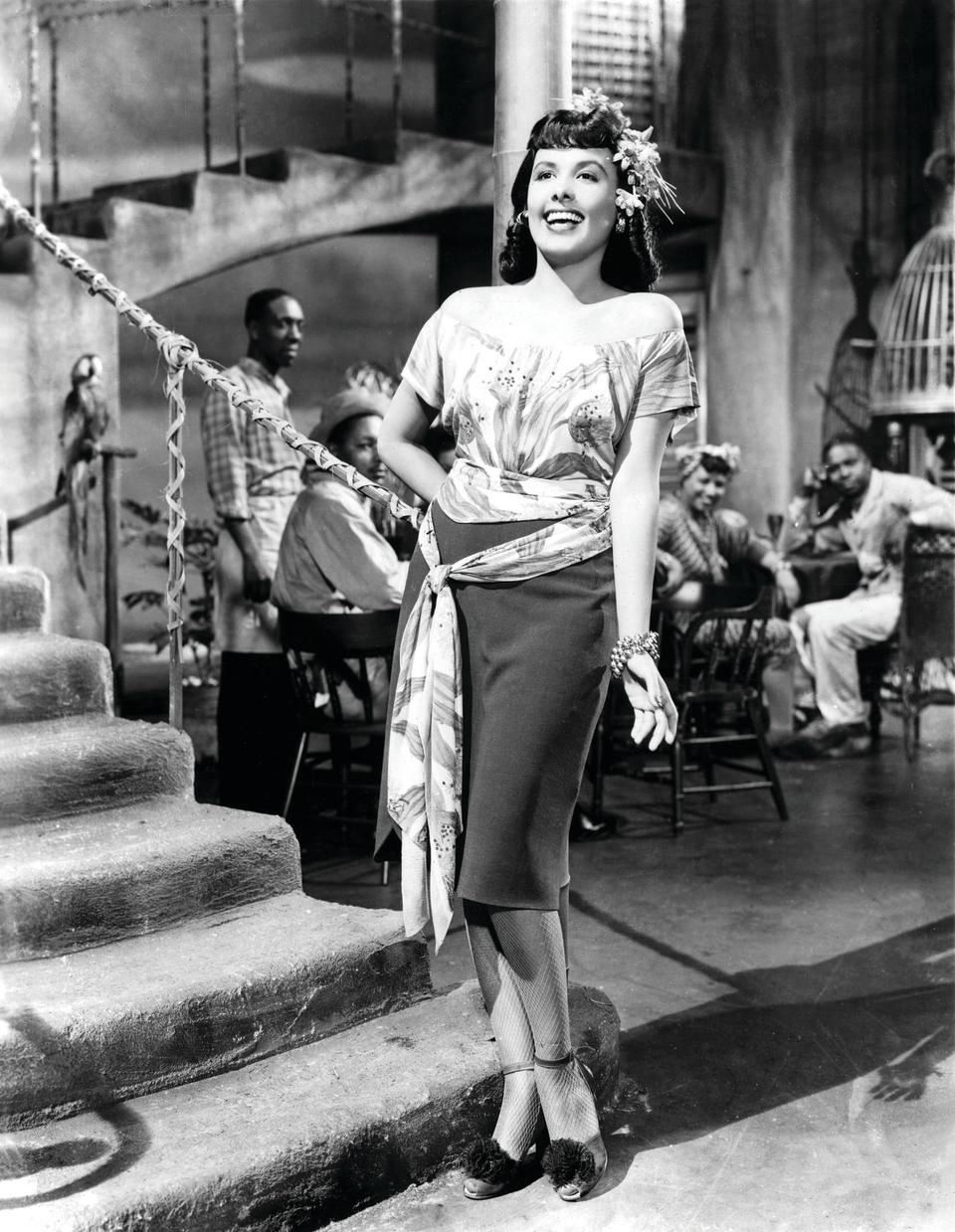
The nagging awareness that MGM had yet to cast her in a new acting role frustrated her. If there was indeed a part she might be right for and which might offer her a rare opportunity and challenge as an actress, she felt it was the character of Julie, the troubled mulatto who passes for white in “Show Boat.” Based on the 1926 novel by Edna Ferber, Show Boat was adapted in 1927 into a groundbreaking dramatic Broadway show with music by Jerome Kern and lyrics and book by Oscar Hammerstein II. A generational story, it traced the lives of members of a company of performers on a Mississippi show-boat from the late 19th century into the early 20th century.
Its lead character was the young Magnolia Hawks, who, after a series of trials and disappointments, becomes a celebrated star. But piv-otal to the story were two Black characters: the dock worker Joe, who sings the powerful “Ol’ Man River,” and Julie, who performs “Can’t Help Lovin’ Dat Man of Mine.” The most moving aspect of the show also revolved around Julie — and the musical’s theme of racial bigotry. When it is revealed that Julie, who is the headliner on the show boat’s roster of stars, is actually a mixed-race woman (one drop of Negro blood makes you a Negro in Mississippi) married to a white man, she is expelled from the show boat, and thereafter finds her life spiraling into a sad decline.
Two film versions of Show Boat had already been released: in 1929 without the famous music; and then in 1936, starring Irene Dunne as Magnolia and Paul Robeson as Joe. In the original stage ver-sion and in both adaptations, Julie was played by a white actress, most notably Helen Morgan, who had created the part on Broadway and played it on screen in 1936. Never had a Black actress been cast as Julie, although Florenz Ziegfeld had wanted Isabel Washington to play the part in a road show version of the play. But Washington left her act-ing career behind when she became the first wife of Adam Clayton Powell Jr. For Lena, playing Julie could be a career-defining experience.
Already there were murmurings that MGM might do a remake.
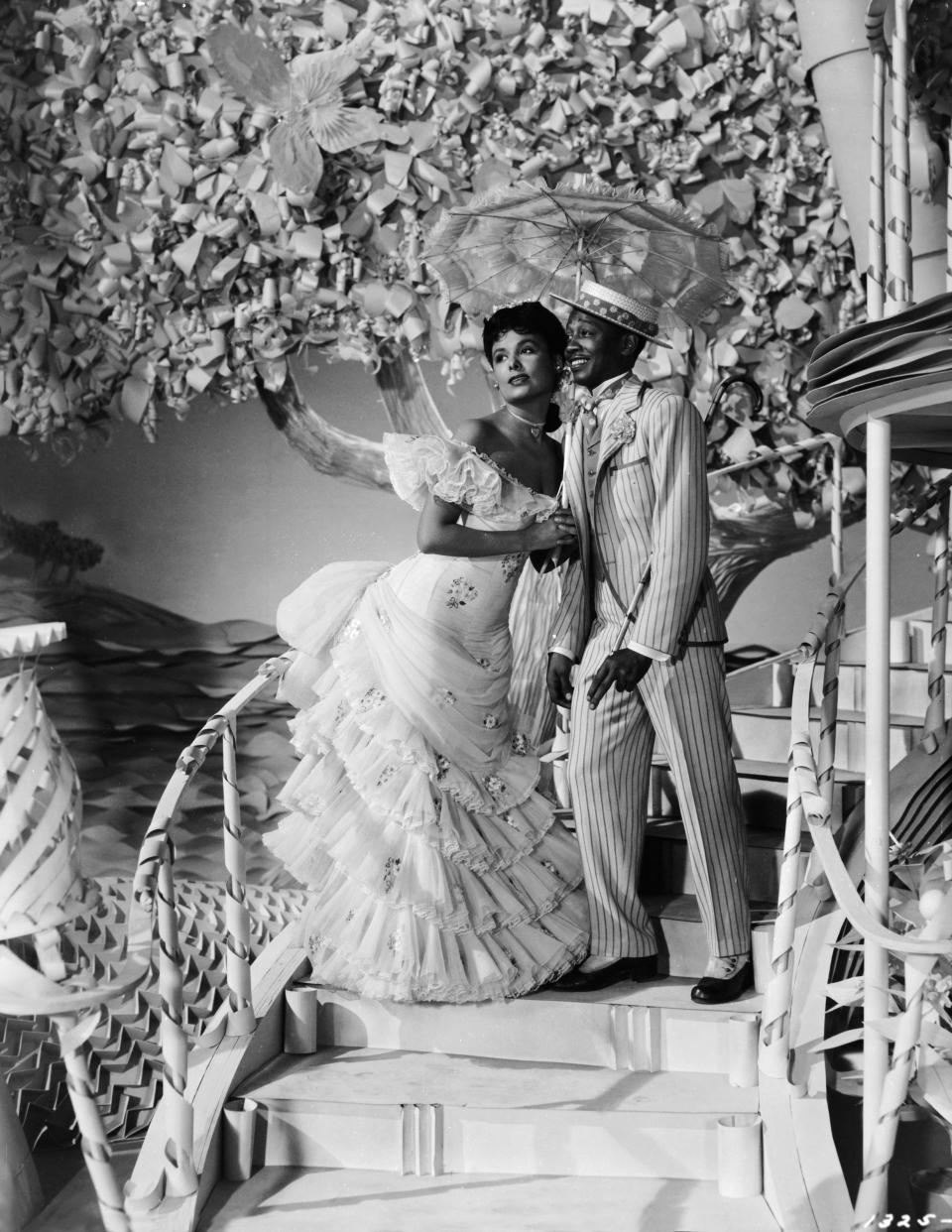
Lena’s hopes were high when the Freed Unit set out to film “Till the Clouds Roll By,” a biogra-phy of “Show Boat’s” composer, Jerome Kern. Freed and others in the unit had met with Kern, who appeared enthusiastic about the project. Thereafter Kern returned to New York in October 1945, then suddenly died in November. Now “Till the Clouds Roll By” was all the more important as a tribute to the memory of a great American talent. Typical of MGM, the film would be, what else, but another all-star musical, starring Robert Walker as Kern, along with Judy Garland, Angela Lansbury, Frank Sinatra, June Allyson, Van Johnson, Van Heflin, and Dorothy Patrick. Throughout, musical numbers from Kern’s shows would be performed. Lena was cast as Julie singing “Can’t Help Lovin’ Dat Man of Mine.” Lena hoped Vincente Minnelli would direct “Till the Clouds Roll By,” but the film went through a series of other directors: originally Lemuel Ayers, who was replaced by Busby Berkeley. Then Henry Koster was brought in, and finally Richard Whorf, who received credit on the completed film.
The first 15 minutes of the film paid tribute to “Show Boat” with Caleb Peterson performing “Ol’ Man River.” There followed a magnificent-looking Lena, beautifully gowned and expertly made-up — and with sensitive jaw-dropping closeups. Lena’s appearance in “Till the Clouds Roll By” looked like a screen test for the role. Always an issue, though, was the fact that Lena had that beautiful copper-tone color — unlike the very light-skinned Fredi Washington as Peola, who passes for white in the 1934 “Imitation of Life.” It was known that some audi-ences might believe Lena Horne was Brazilian or Mexican, but could she pass for white? That was unclear, but in her sequence in “Till the Clouds Roll By,” no one seemed to think much about Lena’s col-oring. There was also the issue of the show’s pre-sentation of interracial love. She performed another number, “Why Was I Born?” — originally by Kern and Hammerstein for the 1929 show “Sweet Adeline.”
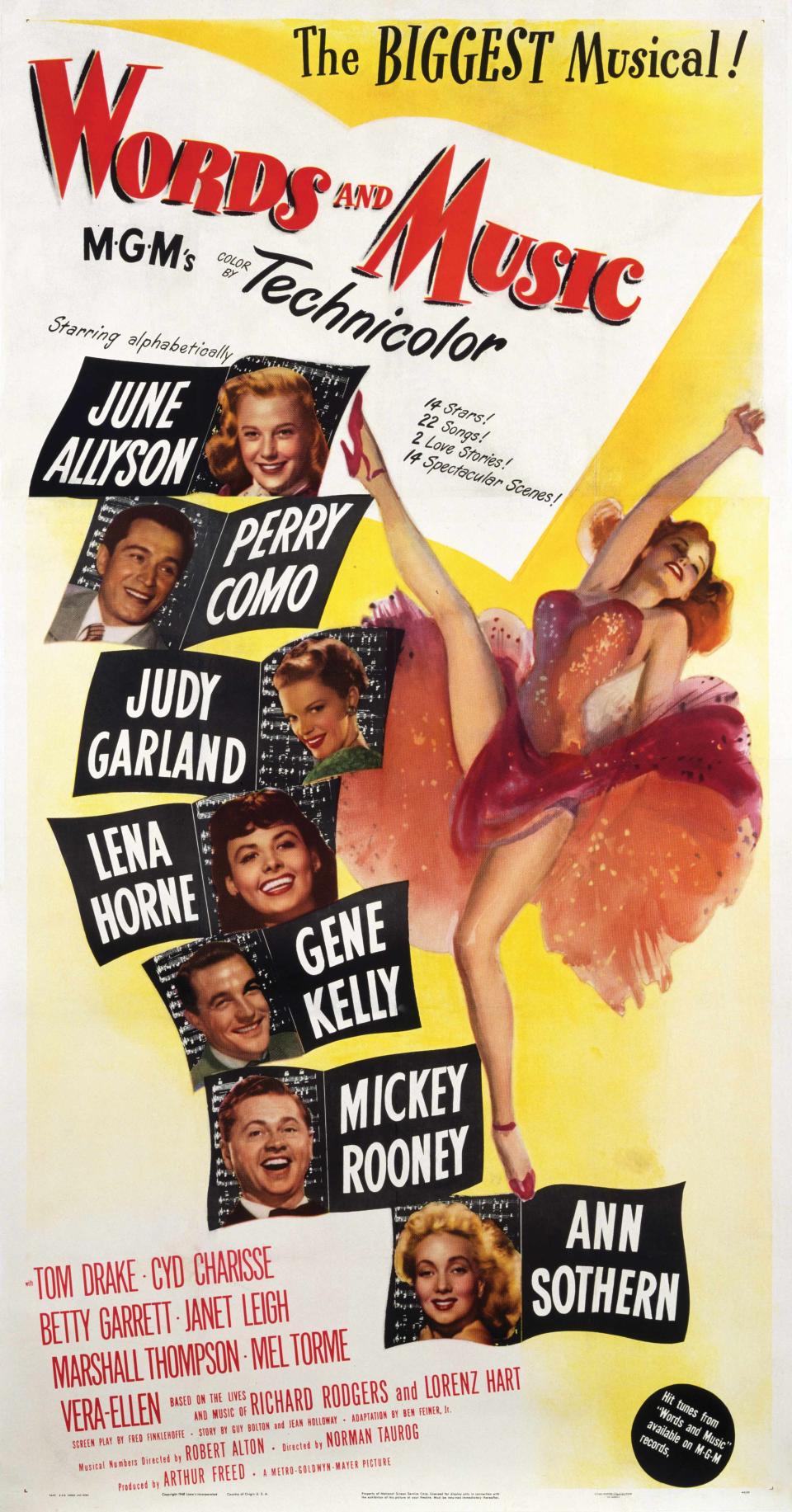
Hollywood was undergoing its most daring tran-sition in its depiction of African Americans. In 1949, four films were released that addressed “the Negro problem” in America: “Home of the Brave,” a war drama about a young Black soldier (played by James Edwards), who endures an emotional break-down while on a special mission with white soldiers during which he is the subject of racial taunts and humiliations; “Pinky,” the story of a light-skinned young Black woman who, after living in the North where she is educated, returns home to her grand-mother (Ethel Waters) in the South and finds her-self repeatedly subjected to racist indignities; “Lost Boundaries,” an examination of the plight of a light-skinned family in a small New England community as it experiences racism directed at them from for-mer white friends who have learned the family is Black; and “Intruder in the Dust,” based on the novel by William Faulkner and starring Juano Hernández as a proud, defiant Black man in Mississippi who may be lynched after being falsely accused of hav-ing killed one of his white southern neighbors. Hernández was one of the performers Lena had met and admired at the Cotton Club.
Receiving wide critical acclaim and reaching both Black and white audiences, these “problem pictures” indicated a new kind of film and movie audience during the postwar era. The old comic servant roles were increasingly figures of the past. In time, the problem pictures would lead to the rise of Sidney Poitier and Dorothy Dandridge as dramatic stars of the 1950s. In her own way, by not playing servants and maintaining a dignity in her film appearances, Lena Horne had helped clear the way for the new stars and era. But she may not have seen it quite that way at the time.
When MGM moved forward with the produc-tion of “Show Boat,” her hope for a film career with dramatic roles vanished. The studio announced that her friend Ava Gardner would play Julie. MGM would later say it had never considered Lena for the role. “Originally, Freed wanted Judy Garland to play Julie,” said Freed Unit authority Hugh Fordin. Then there was talk of Dinah Shore. Then, said Fordin, “Freed wanted Ava Gardner for the part. [Director George] Sidney made a test with Gardner mouthing to a recording of Lena Horne.” But Sidney said, “There wasn’t much enthusiasm about Ava, even making a test.” Yet, said Fordin, “The test was very good, but [costume designer Walter] Plunkett reports that she didn’t like her clothes, she didn’t like anything. In fact, she wanted to be kicked off the picture.”
But with all that said and done, there must have been some thought of casting Horne; otherwise, why the elaborate opening sequence in “Till the Clouds Roll By,” in which great time and no doubt expense had gone into “casting” her as Julie. She was even billed as Julie in the credits. If anything, the studio feared problems from the Production Code Office, which upheld its ban on depicting “miscegenation” — mixing of the races — on screen. Though “Pinky” had an interracial love affair, a white actress, Jeanne Crain, had played the light-skinned Black woman. For Lena Horne, the loss of the role of Julie was a wound that she never got over. It had been her great chance.
In the next decade, she focused on nightclubs, notably Las Vegas, where she frequently headlined at the Sands, as well as abroad, and also on the new medium of television, which was about to become a potent force in the nation’s cultural life.
Then came a publication that rocked Horne and others in the entertainment industry: “Red Channels.”
Best of IndieWire
Where to Watch This Week's New Movies, from 'The Holdovers' to 'The Killer' and 'Priscilla'
The 60 Best Sci-Fi Movies of the 21st Century, from 'Melancholia' and 'M3GAN' to 'Asteroid City'
Sign up for Indiewire's Newsletter. For the latest news, follow us on Facebook, Twitter, and Instagram.
